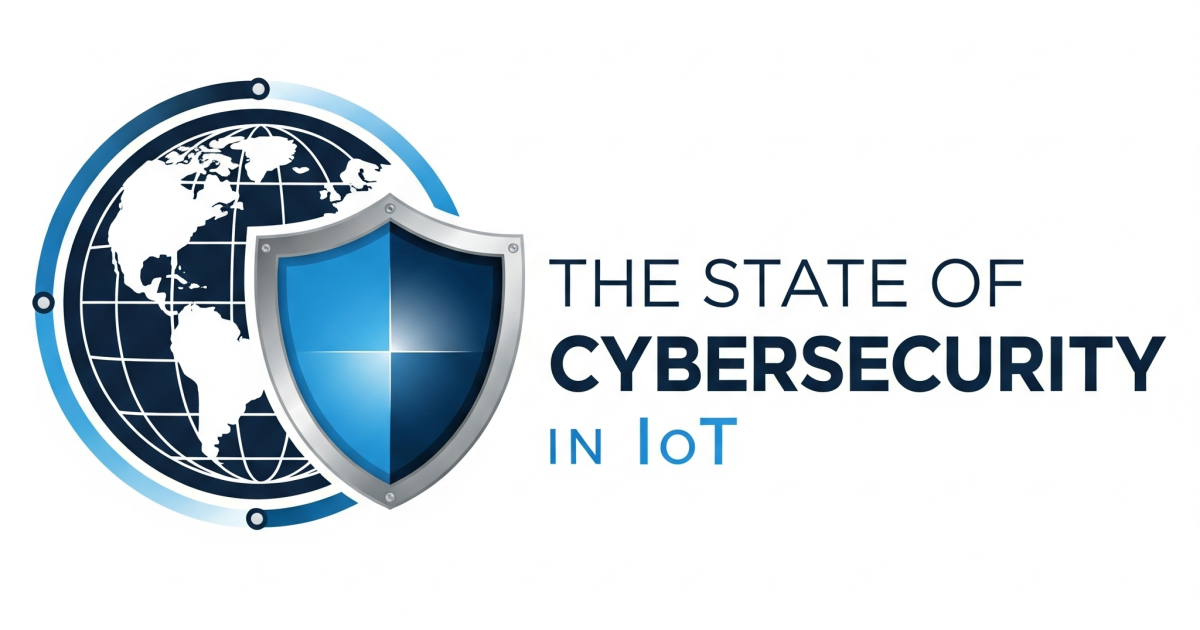For most people, the Internet of Things revolution is just beginning — even though IoT devices have been available for decades. Around the world, homes are being fitted with automated tech, so homeowners no longer need to fiddle with details like temperature control, security, and vacuuming. Workplaces, too, benefit substantially from the IoT, allowing workers to gain freedom from minor concerns and focus more attention and energy on work-related tasks.
Yet, the adoption of the IoT has indeed been slower than most predicted. Initially experts determined it was the IoT’s cost and complexity that was turning people away, but now that IoT devices are widely available and unimaginably simple to set up, there has been no great rush to build smart homes and smart workplaces, like IoT enthusiasts imagined.
In fact, businesses are proving among the slowest to adopt IoT tech — which is somewhat ironic, given the great benefits the IoT promises to business productivity. For example, the IoT can automate some of the more tedious workplace tasks, such as data collection and entry, so workers can focus on analysis. Additionally, as with living spaces, the IoT can eliminate concerns over workplace environments, efficiently regulating temperatures and lighting to provide the optimal balance for productivity.
Considering these noteworthy uses, why won’t business leaders recognize the boons of IoT and bring IoT devices into the workplace? The answer seems to be: Speed.
The IoT Can Slow Networks
While home automation devices can talk to each other through electrical lines or radio waves, many IoT devices connect and communicate only through Wi-Fi. Wi-fi is another radio technology, meaning to connect, devices must share a single broadcast frequency which originates at a router. Unfortunately, one router cannot manage infinite devices. Most routers claim an upper limit of 250 devices, which is just about enough for a small business. However, even two devices using a single network can create work-disturbing interference if one of those devices is performing bandwidth-intensive processes.
There are some misconceptions about how IoT devices use Wi-Fi. Connecting IoT devices to a network with plenty of bandwidth shouldn’t bring other devices’ processes to a screeching halt. Still, IoT devices do require some bandwidth to function, which means other devices on the network will be impacted. What’s more, older IoT devices — specifically those ancient 802.11b devices that transmit much slower than modern options — can have a greater impact on a network’s speed, as other devices must wait for them to communicate with the router.
If an IoT device does not contribute significantly to a business’s goals, the drag it has on the network might not be worthwhile to the business. However, IoT devices are swiftly becoming more than quirky conversation pieces; they are functional tech that have a practical use in many workplaces. Therefore, it behooves businesses to consider bolstering their network strength before rejecting the IoT for all time.
Fixing Network Strength
There are a few easy ways businesses can improve their network strength to intelligently integrate IoT devices. The most important change concerns the router: Old routers have lower bandwidth capabilities and slower broadcast speeds, which will inhibit efficient business regardless of any connected IoT devices. The current standard is 802.11ac; routers of 802.11b or 802.11g standard should be replaced as soon as possible.
Additionally, businesses should strive to keep their business devices clean and clear. Over time, devices tend to accumulate software that leeches vital bandwidth. Asset visibility software can alert users to sprawl and help keep devices running swiftly and smoothly.
Devices expressly used for business should make use of the 5.0 gigahertz range. Available on newer routers, 5 GHz offers multiple channels and less congestion the more established 2.4 GHz range. While business-related devices move speedily across 5 GHz, the IoT and other less-essential devices can use the 2.4 GHz standby. Finally, businesses that offer guest Wi-Fi should reserve most of the network’s power for internal use, limiting the guest access router to intermittent blasts of 20 GHz. Guest devices will connect, but they will be slower compared to the prioritized business devices.
Addressing Other Business IoT Concerns
Speed isn’t the only concern business leaders have when it comes to the IoT. Even after enhancing their network to incorporate useful IoT tech, businesses might not be willing to acquire IoT devices for the following reasons:
- Many IoT devices remain pricey, and there isn’t enough proof yet that IoT devices boost business profits. To make effective use of the IoT, many businesses would need to increase their IT funding considerably, and as yet, there is little demonstrable reason to do so.
- It’s difficult to deny the IoT’s security flaws. Even as device developers make security a primary objective — and as the U.S. Congress considers establishing laws regarding device security — the IoT’s long history of insecurity continues to scare breach-wary business leaders.
- Allowing IoT devices in the workplace will require many businesses to reevaluate several business policies, which is a significant task for IT, HR, and other departments.
- Finally, many business leaders are uncertain that it is worthwhile to adapt to this novel tech. The expense of integrating IoT devices paired with concerns regarding the IoT’s longevity cause businesses to be slow to build confidence in the IoT.
Edited by
Ken Briodagh





